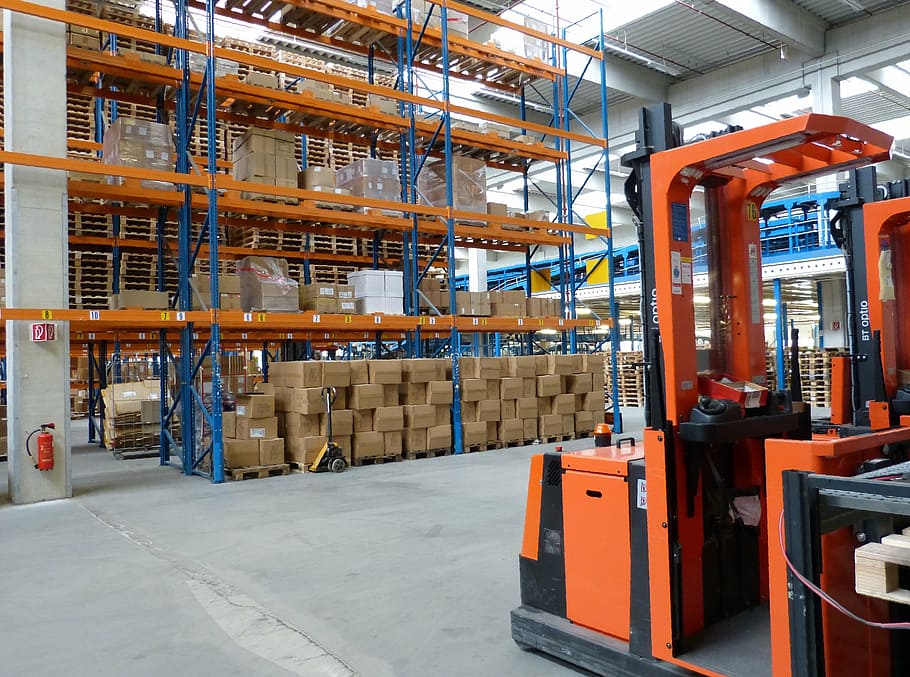
In today’s fast-paced world, technology plays an important role in various industries, and software is no exception. With the advent of advanced technology, warehousing and logistics processes have been revolutionized resulting in better efficiency, savings, and customer satisfaction. This blog will discuss the important role that technology plays in warehouses and weapons, with a focus on the weapons sector.
Automatically optimize services
Gone are the days when warehouses depended solely on manual labor for their operations. Technology has developed many processes, making them easier and more efficient. Automation tools, such as barcode scanners, RFID (radio frequency identification) tags, and automated data collection systems, have made inventory tracking and management much easier. These technologies enable real-time product tracking, allowing logistics operators to track their movements throughout the supply chain. Not only does this improve inventory accuracy, but it also reduces the chance of human error and streamlines the fulfillment process. Improve efficiency through artificial intelligence and machine learning
Artificial intelligence (AI) and machine learning (ML) technologies have made great strides in the software sector. AI-powered algorithms can quickly analyze large amounts of data and provide valuable insights to optimize routes, increase efficiency and reduce costs. For example, ML algorithms can study historical data to identify patterns and accurately predict changes in demand. This information helps logistics managers plan inventory levels and distribute resources efficiently, reducing shipping or overload situations. The AI-based navigation system considers various factors such as traffic conditions, weather, and travel costs to optimize delivery routes, reduce travel time, and reduce fuel consumption. Not only does this save money, but it also reduces the carbon footprint of military operations. Improve visibility and understanding using track and field technology.
One of the biggest challenges in logistics is maintaining visibility and transparency throughout the supply chain. This is where track and trace technology has proven to be a game changer. By using GPS, RFID, and other tracking technologies, logistics operators can track shipments in real-time, ensuring they reach the right destination on time.
With a customer-facing tracking portal, end customers can also track their orders, giving them peace of mind and reducing the burden on the customer service team. Better visibility also helps identify bottlenecks or delays in the supply chain, allowing managers to quickly take corrective actions.
Improve warehouse operations with robotics and IoT
Robotics and the Internet of Things (IoT) have transformed traditional warehouse operations, making them more efficient and cost-effective. Automated guided vehicles (AGVs) and robotic arms automate repetitive and labor-intensive tasks such as picking, sorting, and packing. This not only reduces reliance on manual labor but also reduces errors and improves overall productivity. IoT devices, such as smart sensors, have provided visual monitoring of warehouse conditions, such as temperature and humidity. This ensures the integrity of the breakers and prevents damage or damage. In addition, IoT sensors can trigger automatic replenishment orders when stock levels reach a certain threshold, thereby optimizing inventory management.
Technology has become an integral part of the warehousing and logistics industry, changing the way businesses operate. With automation and algorithms powered by AI to track and analyze technology and robotics, technology is more efficient, saving money and customer satisfaction. As logistics companies continue to embrace these advancements, they are poised to compete in a rapidly changing landscape.
